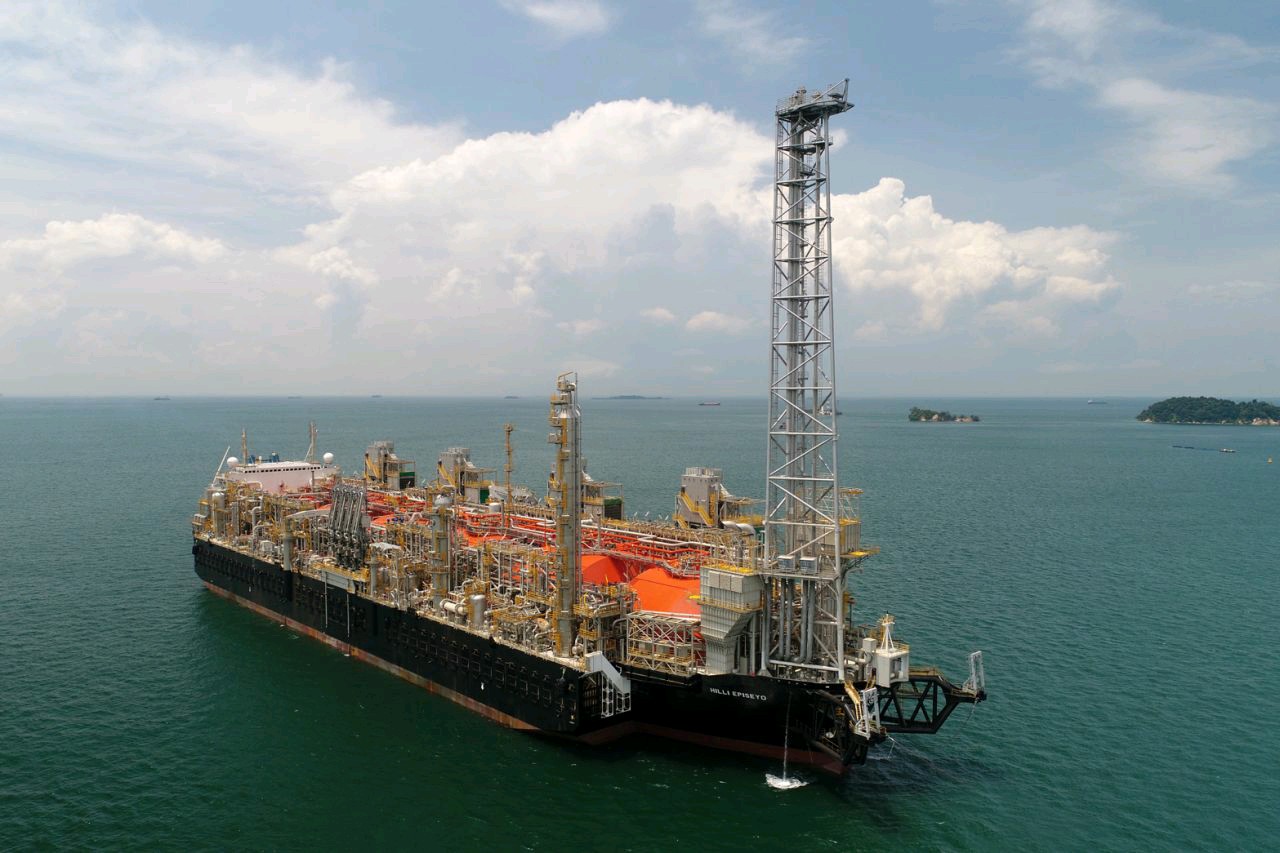Partners on the 2.4 million tonnes per annum (mtpa) Hilli Episeyo floating LNG export terminal offshore Cameroon have agreed to expand capacity utilization by 200,000 tonnes in 2022 and possibly by another 400,000 tonnes from 2023. The project involves national oil company SNH, independent upstream operator Perenco and global LNG infrastructure operator Golar LNG.
The Hilli Episeyo is sub-Saharan Africa’s first floating LNG unit. Since its commissioning in 2018, it has operated at half capacity (1.2 mtpa), which will be increased to 1.4 mtpa next year. The capacity increase will be accompanied by the drilling and appraisal of two to three incremental gas wells by the end of 2021 and an upgrade of upstream facilities next year. At the end of 2020, Perenco had already completed works on the Sanaga 2 gas compression platform, which fall within phase 2 of the FLNG project and is already supporting gas production levels at the Hilli Episeyo.
Additional capacity utilization could still be further achieved in the near future. “Under the Agreement, Perenco and SNH are granted an option (“Option”) to increase capacity utilisation of Hilli by up to 400,000 tons of LNG per year from January 2023 through to the end of the current contract term in 2026. This has the potential to increase total annual LNG production from Hilli to 1.6 million tons from January 2023 onwards,” Golar LNG said in a statement yesterday.
The Hilli Episeyo FLNG project develops Cameroon’s gas both for exports and for the domestic market. While all produced LNG is sold to Gazprom Marketing & Trading, the unit also produces up to 5,000 bpd of condensates and up to 30,000 tonnes of LPG for local consumption. As a result, Cameroon’s LPG imports were reduced by half following completion of all associated gas infrastructure three years ago.
The project required substantial infrastructure development, including at the existing onshore Bipaga gas treatment plant which had until then been used to process and supply gas to the 214 MW Kribi gas-to-power plant. On top of 56km of pipeline infrastructure, new facilities were built to provide for the smooth operations of both projects, and the production of condensates and LPG.
Full details on the Hilli Episeyo FLNG are available in the “Projects” section within your Hawilti+ research terminal.

